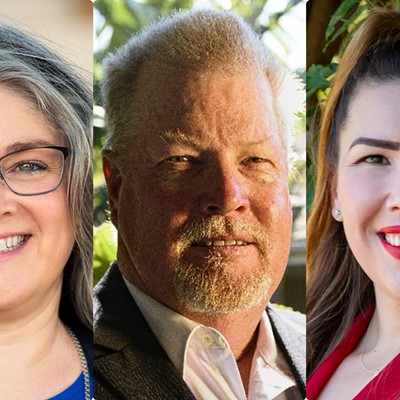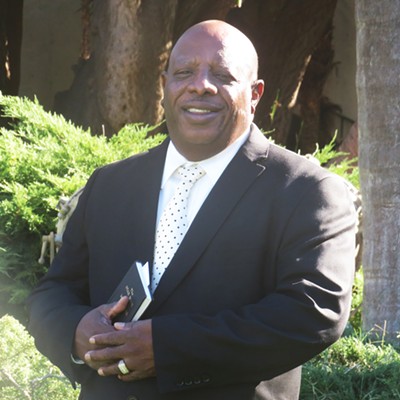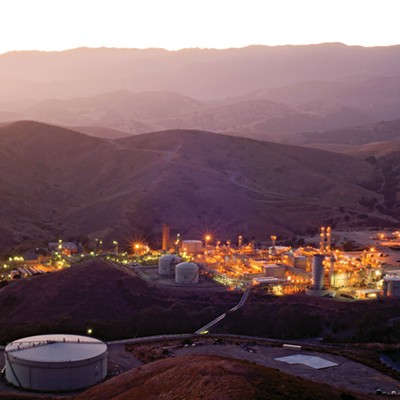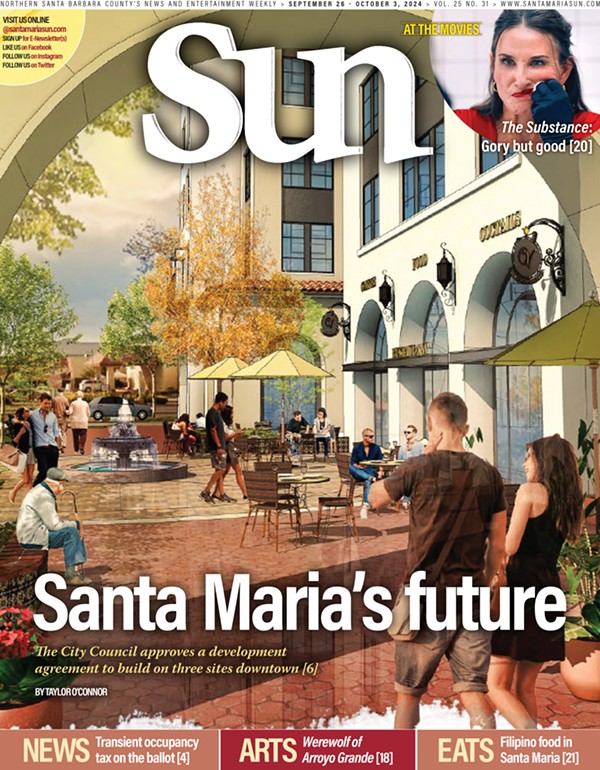Santa Maria City Council adopted a resolution at its March 3 meeting authorizing the director of utilities to begin work with Tetra Tech, an engineering design services firm, on the new Integrated Waste Management Facility at Los Flores Ranch.
The city purchased the 1,774-acre Los Flores Ranch property in 2006 with the primary intention of constructing its next landfill there, according to Shad Springer, Santa Maria’s director of utilities.
With the current Santa Maria Regional Landfill expected to reach capacity by 2024, the 2006 land purchase was prompted by the California requirement that jurisdictions provide 15 years of landfill capacity as a part of their strategic planning efforts, according to the March 3 council agenda report.
“We purchased it for the future landfill knowing that our current landfill will fill and close,” Mark van de Kamp, Santa Maria’s public information manager, told the Sun.
Van de Kamp said past estimates projected that the current Santa Maria Regional Landfill would be full by now and that the Los Flores land would already be in use.
“But we’ve been able to extend the life of the old landfill, which is really good for the Santa Maria community,” van de Kamp said.
The Los Flores Ranch property is currently home to about 8 miles of hiking, equestrian, and mountain biking trails. The landfill is expected to take up about 600 acres, according to van de Kamp.
While some trails and recreation spaces will remain untouched, others will be directly impacted by the new landfill, Springer said.
“There are currently some trails that go right through where the future landfill will be, so those will need to be relocated,” Springer told the Sun. “The idea is that over the long haul … there will still be opportunities for recreation.”
Landfill odors could potentially impact the area’s trails, and the city plans to address it by using tarps and other covering methods to mitigate the odors. Springer said that the landfill will be regulated by CalRecycle and other agencies to reduce the impact of these issues as well.
“We want to make sure this will be a win-win for the community,” van de Kamp emphasized.
The first meeting between the Utilities Department and the project’s engineering and design firm occurred on March 9. From here, Springer estimates that design will take three to five years, and then about a year and a half of construction will follow. m












